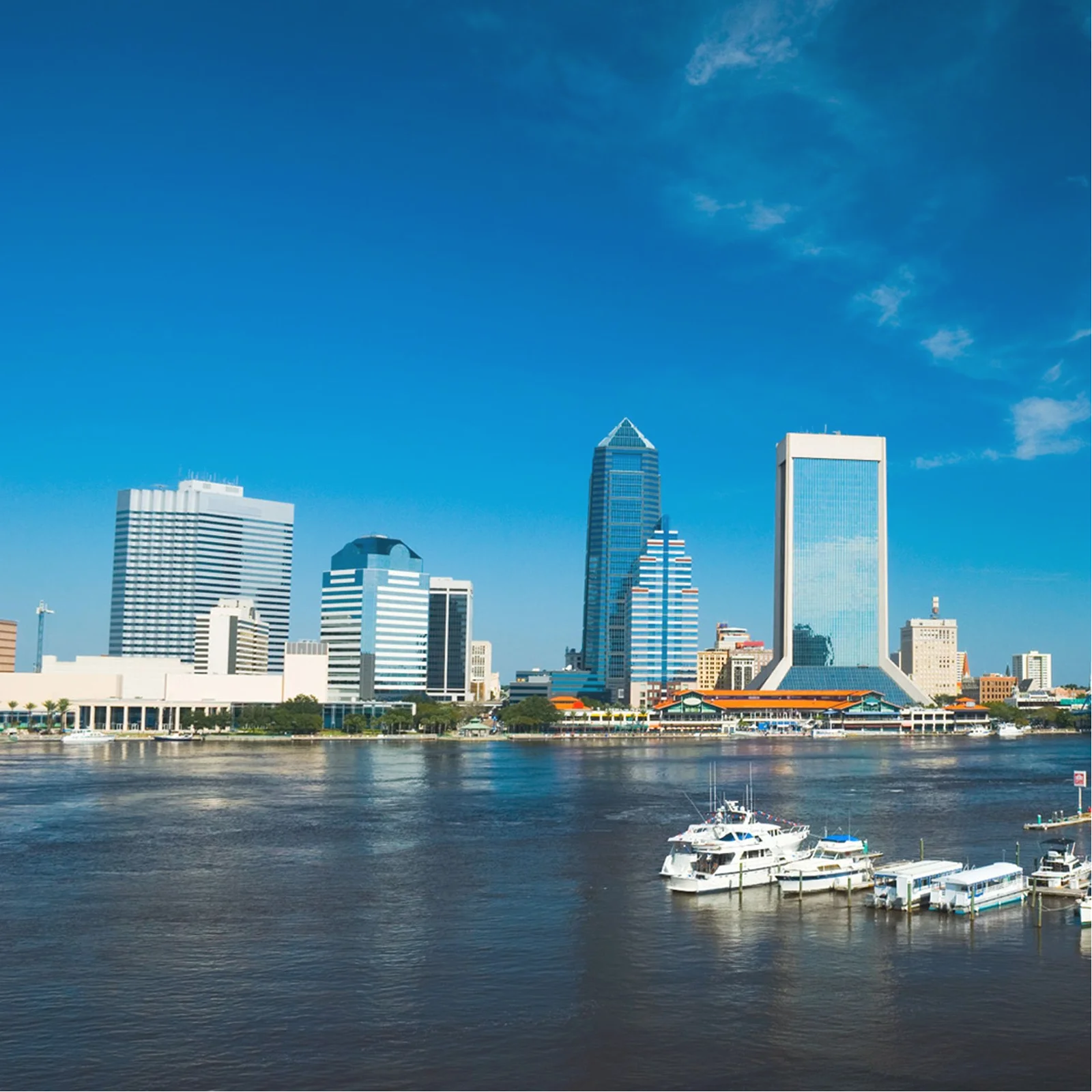There have been constant warnings of severe weather conditions, natural disaster footage on the news, and a growing number of weather-related property losses, throughout the years. In fact, the U.S. has sustained 348 weather and climate disasters since 1980 where overall damages/costs reached or exceeded $1 billion (including CPI adjustment to 2023). The total cost of these 348 events exceeds $2.5 trillion, according to research by the National Centers for Environmental Information.
The real impact of climate-related events can be felt in every aspect of the real estate market, including rising insurance costs, prices, and major declines in popularity amongst specific regions. Higher temperatures lead to more extreme weather conditions and an increase in large-scale catastrophes, like massive hurricanes, wildfires, storms, and flooding. Understandably, the costs and conditions of properties are becoming more difficult to manage and thus, putting more pressure on the real estate market on a yearly basis.
Furthermore, the number of weather-related catastrophes in the US is growing consistently. In 2022 alone, there were 18 natural disasters in the U.S. that resulted in at least $1 billion in total economic loss. According to Yardi Matrix, insured natural disasters topped $100 billion since 2017 – meaning that insurers’ models are not likely able to keep pace with the growing frequency and severity of catastrophes because of climate change. The cost of repairing properties from weather-related events and the increase in construction costs due to inflation, labor, and supply-chain chains, to name a few, are important factors to consider, as well.
Insurance Rates in High-Risk States
States like Florida and Texas are considered high climate-risk states because they are constantly hit the hardest by storms, hurricanes, freezing temperatures, and so on. Insurance rates are increasing across the nation, but some insurers in high-risk states are increasing rates by 45-100% or avoiding the area altogether. According to research by Yardi Matrix, not only are insurance costs increasing overall, but insurers are covering less wind limit on replacement costs with large increases in deductibles, new exclusions for damages such as mold or flood endorsements, and limits on payouts.
Climate Change & Its Impact on Property Owners
As explained by Forbes, temperature increases also have a direct impact on the costs of managing a rental property. It’s projected that more tenants will rely on electricity to run fans and AC systems to stay cool. Coupled with a significant increase in water usage, these trends place a higher burden on the electrical grid and city resources. It’s important for property owners to note that they will pay an increased cost for those utilities along with their tenants. The more demand for these resources, the more expensive they become.
The rising costs to insure properties is another factor contributing to potential delinquencies. When insurance is inexpensive there’s less burden for an owner, but as rates escalate, it can create hardships for some owners. Some in the industry are seeking reform of insurance requirements by lenders, while other solutions may involve the industry utilizing modeled loss since using a risk model basis rather than insured value would likely benefit property owners. Ultimately, it requires property owners to manage the costs of business while keeping an eye on the weather.


